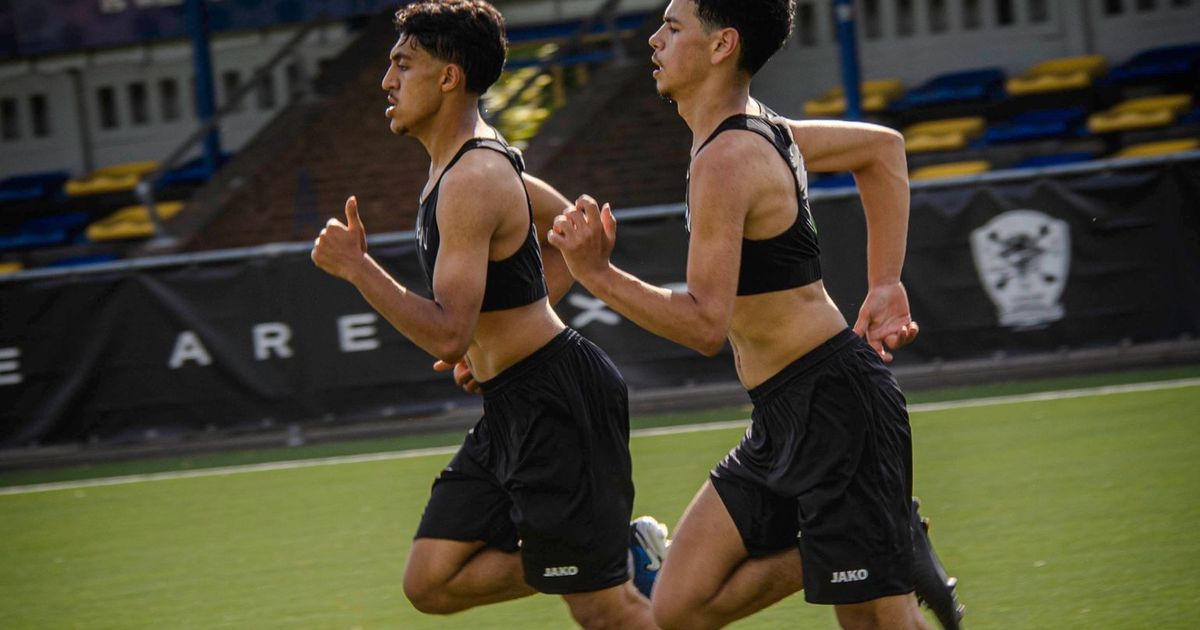Discover how elite teams reduce injuries in 2025 with Johan Sports. Use GPS data, ACWR, and wellness scores to monitor training loads, spot early warning signs, and protect your players.
Improving the performance of female athletes calls for better communication.
Optimizing sports performance for female athletes is difficult. Especially in female sports teams, each individual player is impacted by her menstrual cycle differently and need different adaptations for optimal performance, recovery and injury prevention. Where do we start to apply the menstrual cycle within the existing structures? Discover the first steps for improving sports performance across the menstrual cycle in a team setting. Time for part two: breaking the taboo on communication about menstruation.
Effective Communication Within the Team
Just theoretical knowledge as discussed in our previous blog about the menstrual cycle is not enough to optimize performance. While it is important to have some understanding of what happens within the female body and why, the only way to really grasp the impact of the cycle on each individual player is by starting the conversation. We need to break the taboo that is oftentimes still surrounding the topic of menstruation, so everyone feels free to share her experiences. This way, players and coaches can figure out together what every team member needs to perform at their best. But the advice to simply start the conversation can be hard to apply in practice, so three more practical tips might help to open up communication around the menstrual cycle.
Use the available tools to your advantage
Actively monitoring the menstrual cycle and the way the players perceive its different phases can be a good way to create awareness within the team on the possible impact of the cycle. When using a tool like the menstrual forms in the Johan Sports app, players are given a handle to check in with their bodies regularly and become aware of how it changes across their menstrual cycle. This can help the players to feel more in control of their menstrual cycle and performance. Additionally, the coach can use the outcomes of the menstrual forms as a quick overview of how all players are feeling that day. That can form the basis for conversations with the players: when someone indicates not to feel their best because of her menstruation, it can be a nice opportunity to ask what this player needs to feel better and perform the best she can that day.
Organize proper education for the entire team
An important factor in communication about the menstrual cycle is education for players, coaches, and the surrounding staff of a team. Proper knowledge about hormonal fluctuations during the cycle helps to better understand what is happening within the female body. This helps players to feel more in control of what they feel and experience across their cycles, and also to know better when something might be off. Education about the menstrual cycle can also help to take away fears based on incorrect assumptions. And knowing that it is normal for your body to behave differently across the cycle, but that it is still possible to perform at your best, might help to gain some confidence in competing at all menstrual phases.
Have someone to approach comfortably
Not all players might feel comfortable talking to their coach about their menstrual cycle, despite wanting to break the taboo on this topic. Especially when the coach is a man, this might form a barrier for some players. To ensure everyone can feel comfortable in the conversation on menstruation, it can be useful to have someone all players know to approach when they have questions or concerns about their menstrual cycle. This could be someone who is a bit further away from the team, like a sports doctor or physiotherapist. In situations where teams don’t have a lot of surrounding staff to appoint a specific “menstruation expert”, an alternative approach can be to encourage players to talk to each other about their cycles when they don’t feel as comfortable talking to the coach
Actionable steps you can take today to create safer conditions for female team sports athletes

Table 1: Checklist for players and coaches: daily app check-in > tell a trusted person > coach may adjust training > quick review > team talk > less injuries.
Author Blog: Maartje Kuperus
References:
Laske, H., Konjer, M., & Meier, H. E. (2024). Menstruation and training – A quantitative study of (non-) communication about the menstrual cycle in German sports clubs. International Journal of Sports Science and Coaching, 19(1), 129–140. https://doi.org/10.1177/17479541221143061
Findlay, R. J., Macrae, E. H. R., Whyte, I. Y., Easton, C., & Forrest, L. J. (2020). How the menstrual cycle and menstruation affect sporting performance: experiences and perceptions of elite female rugby players. British Journal of Sports Medicine, 54, 1108–1113. https://doi.org/10.1136/bjsports-2019-101486
What else can you do to prevent injuries in sports teams?

